This is the fourth in a five part series on the physiognomical vital and non-vital temperaments and rules for marriage, excerpted from Plain Home Talk by Edward B. Foote, M.D., 1894.
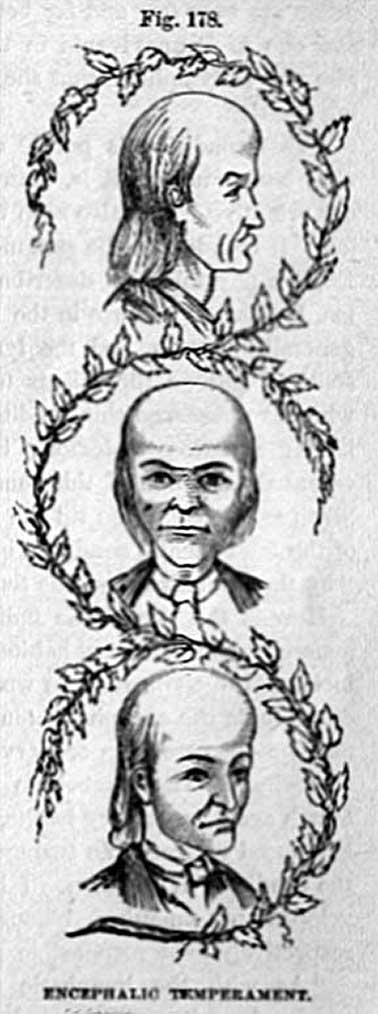 “The encephalic temperament,” remarks Dr. Powell, “like the lymphatic, has no diagnostic, or distinguishing complexion. It may be either fair or dark. Nevertheless, it is amply distinguished by a relatively large and quadrangular cerebellum, a large and massive forehead, much expanded superiorly, or above the temples. The nose is small, and most generally celestial or recurved. The lips are thin and flexible, the lower being the more prominent. The chin is small and pointed. The thorax and abdomen are small. The pulse is small and feeble. The muscles are small, feeble, and flaccid. All The functions incidental to life, except absorption, are feebly and tardily manifested. A high endowment of the preceding temperament excites disgust, but this pity. Although this temperament, when highly developed, is greatly useless, yet in combination with the others, it contributes largely to the production of the most gifted and distinguished characters of our species. Indeed, a highly-advanced civilization is, I think, impossible without it. People of this class are capable of profound thought and emotion, but not of powerful; and further, they are very liable to monomania. Illustrations of this temperament, like the lymphatic, are very few. I can cite, however, the Rev. Dr. Rheinstadt, a recluse and scholar of Switzerland; Lorenzo de Medici; Blaize Pascal; the late Edgar A. Poe, who, for his age, was a fair illustration.”
“The encephalic temperament,” remarks Dr. Powell, “like the lymphatic, has no diagnostic, or distinguishing complexion. It may be either fair or dark. Nevertheless, it is amply distinguished by a relatively large and quadrangular cerebellum, a large and massive forehead, much expanded superiorly, or above the temples. The nose is small, and most generally celestial or recurved. The lips are thin and flexible, the lower being the more prominent. The chin is small and pointed. The thorax and abdomen are small. The pulse is small and feeble. The muscles are small, feeble, and flaccid. All The functions incidental to life, except absorption, are feebly and tardily manifested. A high endowment of the preceding temperament excites disgust, but this pity. Although this temperament, when highly developed, is greatly useless, yet in combination with the others, it contributes largely to the production of the most gifted and distinguished characters of our species. Indeed, a highly-advanced civilization is, I think, impossible without it. People of this class are capable of profound thought and emotion, but not of powerful; and further, they are very liable to monomania. Illustrations of this temperament, like the lymphatic, are very few. I can cite, however, the Rev. Dr. Rheinstadt, a recluse and scholar of Switzerland; Lorenzo de Medici; Blaize Pascal; the late Edgar A. Poe, who, for his age, was a fair illustration.”
In the annexed Fig. 178, I present a profile, font, and three-quarters view of a male of this temperament. They may be regarded as somewhat exaggerated types, and still the top on is really a very correct profile of the Rev. Dr. Rheinstadt. I desire to make the illustrations as marked as possible in giving what might be regarded as a pure representative of this temperament.
It is proper to remark here, that Dr. Powell regarded the non-vital temperaments [lymphatic and encephalic] as secondary, and to have resulted from influences incidental to civilization. He considered the bilious and sanguine as the primitive temperaments, or those which presented themselves exclusively in the human family in its primitive state. “The non-vital temperaments,” he remarked, “were not native to humanity, nor could they strictly be regarded as temperaments; but, as physiologists have always so treated of the lymphatic, and as the other is essentially like unto it, and further, as they are normal under the circumstances of their existence, and conform to all the laws of the temperaments,” he thought “it best to continue to regard them as temperaments. The fact as to how they are regarded matters nothing provided we understand them.”


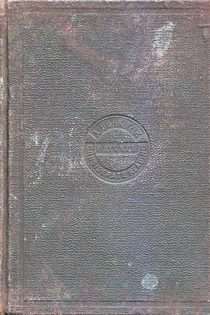




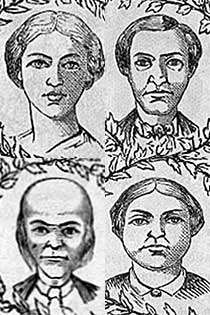

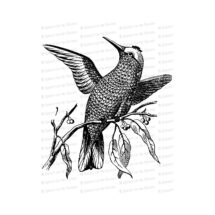

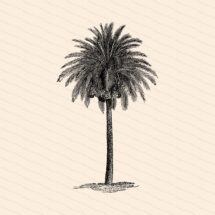
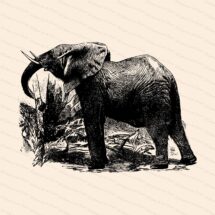
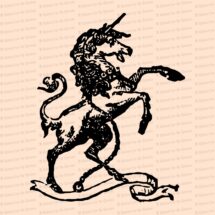

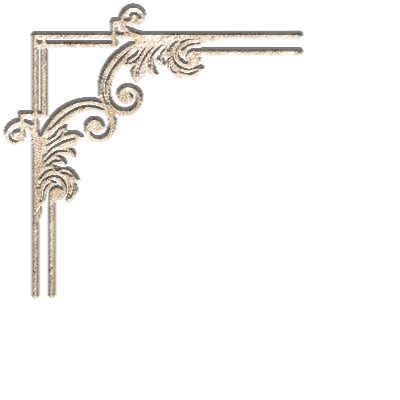
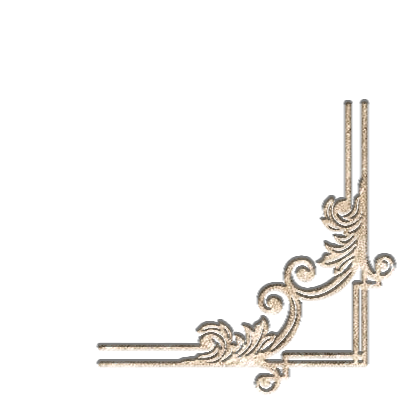
You must be logged in to post a comment.